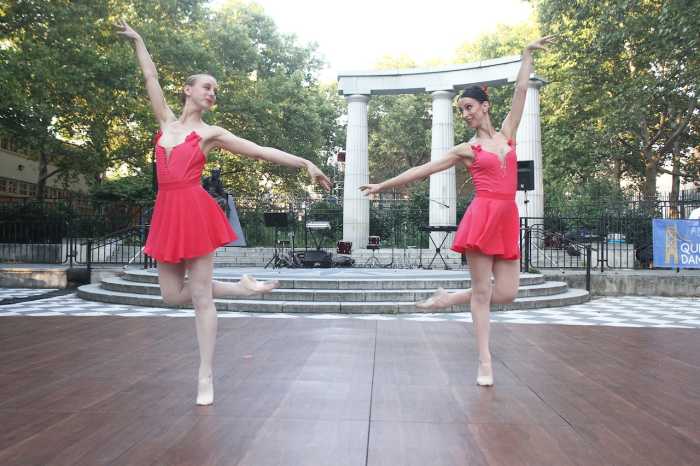
Jan. 3, 2017 By Christian Murray
The NYPIRG Straphangers Campaign issued its 18th annual “State of the Subways” Report Card last week and gave high ratings to two of the four trains that serve Forest Hills.
The E train was ranked number four of the 20 subway lines reviewed by Straphangers, a transit interest group. Meanwhile, the F was ranked fifth; the M seventh; while the R a modest 11th spot.
The top three spots went to the 7 train, the 1 and the L. All three were tied for first place.
Straphangers evaluates subway lines based on six measures of service: the number of breakdowns, car cleanliness, the number of seats available, the amount of scheduled service, the actual regularity of service and the quality of announcements in subway cars.
The E and F trains both got high ratings largely because they offer frequent service, have relatively few breakdowns, and the on-board train announcements are audible, according to the report.
The E train during the AM rush hour period is scheduled to arrive every 4 minutes and 15 seconds, while during the evening rush hour period it is scheduled to arrive every four minutes. The system average during morning rush hour is 5 minutes and 35 seconds. At noon, the E train is scheduled to arrive every 7:30 minutes, compared to the system average of 8 minutes and 21 seconds.
Meanwhile, the F train arrives every 4 minutes and 15 seconds during morning rush, every 7:30 minutes at noon and every 4 minutes and 45 seconds during PM rush hour.
The report also claimed that the E and F trains break down less frequently than the system average. The report says the E line experiences mechanical failures every 409,000 miles, compared to the average of 131,000. The F line experiences breakdowns every 330,000 miles.
The lines, however, both performed below average on regularity of service. The E train arrives 74 percent of the time on schedule and the F arrives 72 percent of the time. This compares to a system wide average of 77 percent.
The E was also deemed more crowded than other lines, with it being at 105 percent capacity during morning rush hour, compared to the system median of 94 percent. The F, meanwhile, was at 95 percent during morning rush hour.
The M and R lines ranked lower largely because they arrive less frequently than the system wide average.
Click for study
State of the Subways 2016 by Queens Post on Scribd
2 Comments







By the end of the day, all subway services are considered to be bad services because the entire subway system is “ancient” old. In fact, to make these subway services good, the MTA needs to modernize the entire subway system into the 21st century by upgrading signals, switches, stations, tracks, rails and subway cars.
Thats because the Jewish community over there is very politically connected